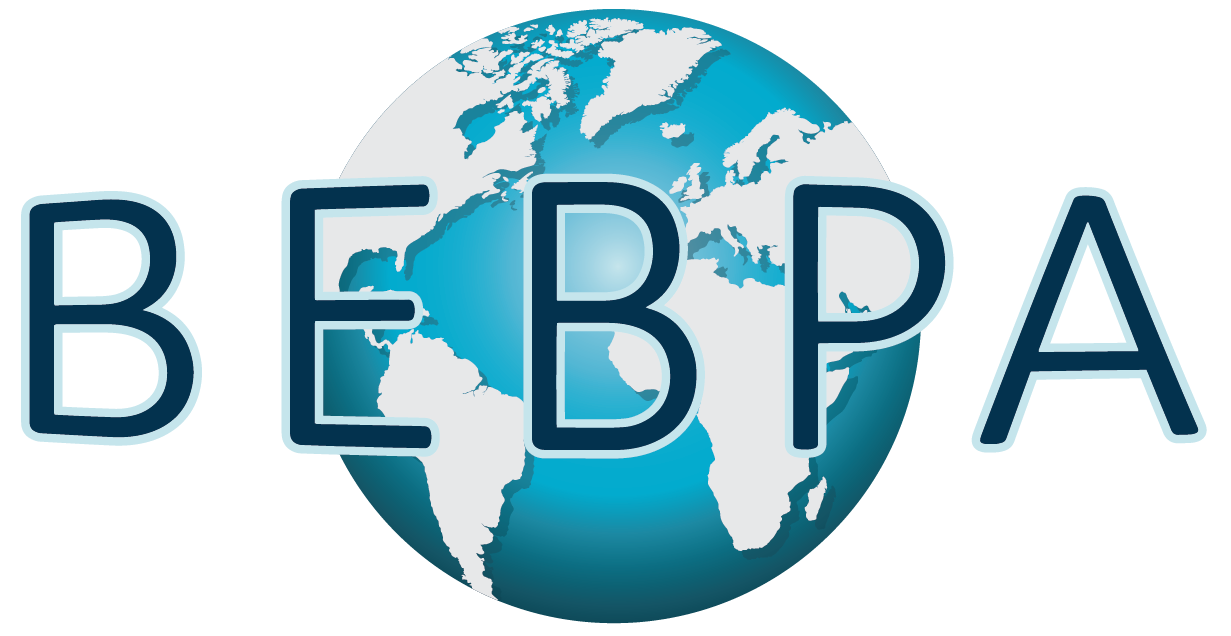Tech Briefing: Ins and Outs of Data Analysis
Establishing a potency assay to release a biopharmaceutical product is challenging in that we are attempting to harness biology (cells, enzymes, biomarkers, etc) to give us reliable and accurate values. Naively, as bioassay scientists, we often think this is what sets us apart from other, more “simple”, physical/chemical analyses. We work very hard and may accomplish getting a nice, satisfying dose-response curve:
Tech Briefing: Improving the Bioassay Experience
If you are in the trenches trying to understand the Mechanism of Action of your drug product (DP), gathering the biological reagents and generating a dose-response curve, it is difficult to remember that at some point, the assay must be phase appropriate, efficiently developed, and efficient to run in the laboratory.
Product Potency Standards Throughout The Life Cycle of the Potency Assay
The determination of the potency of the RS throughout a product’s lifecycle needs to be accurate, precise, reliable, and consistent across time and across multiple batches of reference standard, even in the face of changing characteristics of the dose-response curve. This is a particular challenge early in product development when often only Interim Reference Standards (IRS) are available and no higher-order standards (e.g., a Primary RS) are available for comparison throughout the development cycle.
Reference Material for Late Stage Potency Assay Development
Reference material is a critical reagent for nearly all CMC release assays for biotherapeutic products. Potency assays are particularly reliant upon the use of a reference standard in the daily use of the assay. As a relative assay, potency is both assigned from and assessed for similarity to the dose-response curve of the reference during each run. Thus, if you get the reference material even slightly wrong, you will experience more aberrant Out-of-Specification Results, more system suitability failures and an overall decrease in the manufacturability of the product.
How Much Can We Reduce The Complexity of Bioassays?
In some respects, the key to developing a robust and reliable potency assay is all about simplification. If the biology is simplified, the reagents characterized and the protocol automated as much as possible, the assay will be more QC friendly.
This year at our EUR Bioassay conference, we have multiple talks focusing on how your colleagues simplified and improved their assays.
Survey Results for Bioassay Reference Standards-Feb 2021 (PDF)
BEBPA Blog Survey Results for Bioassay Reference Standards-Feb 2021 (PDF) View PDF Survey
Outlier Analysis-May 2020 (PDF)
BEBPA Blog Outlier Analysis-May 2020 (PDF) View PDF Survey
Validating Potency Assays-Mar 2020 (PDF)
BEBPA Blog Validating Potency Assays-Mar 2020 (PDF) View PDF Survey
Additional Studies Required for Potency Assays During Development-Feb 2020 (PDF)
BEBPA Blog Additional Studies Required for Potency Assays During Development-Feb 2020 (PDF) View PDF Survey
Impact of Product Mechanism of Action on Potency Assay Development-Jan 2020 (PDF)
BEBPA Blog Impact of Product Mechanism of Action on Potency Assay Development-Jan 2020 (PDF) View PDF Survey
